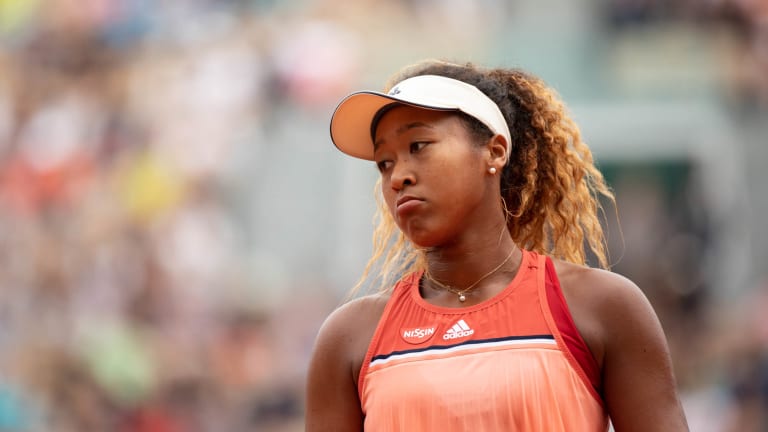PARIS—Madison Keys looked up at her player box, clenched and unclenched her right fist, and took the deepest of deep breaths. “Why,” she seemed to be asking herself, and her coach, Lindsay Davenport, “am I still out here?”
Good question. For the vast majority of the previous 75 minutes, Keys had been by far the better player in her third-round match against Naomi Osaka. Keys had won the first set 6-1. She had hit 30 winners to Osaka’s eight. She had served for the match at 5-4 in the second set and reached match point. She had been the bigger, smarter hitter, and the more polished mover. While Keys slid into her shots like a budding dirtballer—“clay is growing on me,” the American says—Osaka was constantly caught going the wrong way and spinning her wheels.
“I would make a push, and then, suddenly, I would be sort of tipping over or something,” said Osaka, who “didn’t feel comfortable moving on the clay today.”

